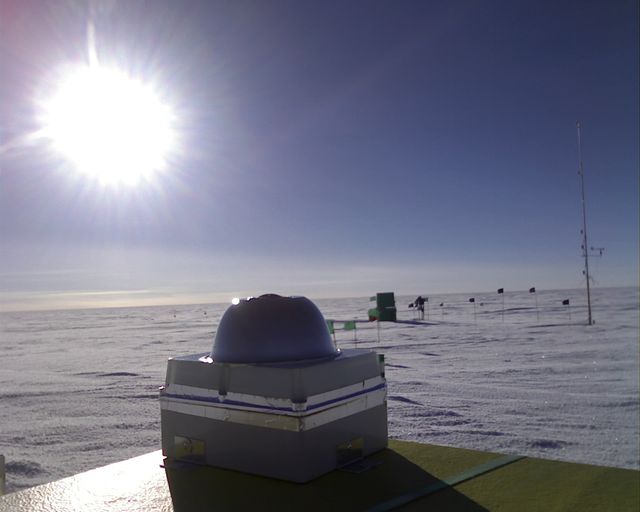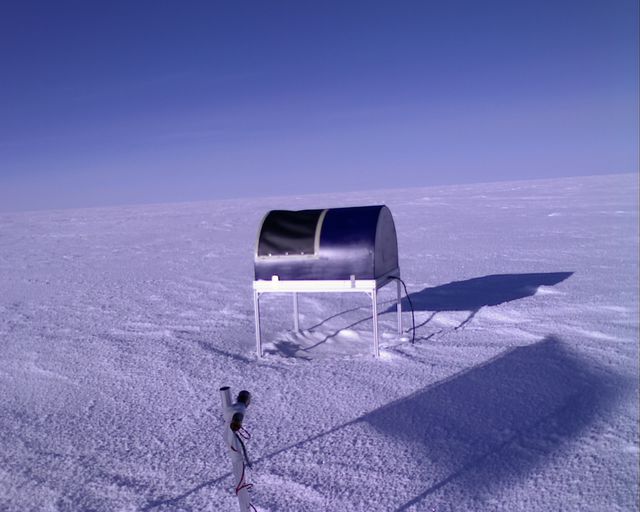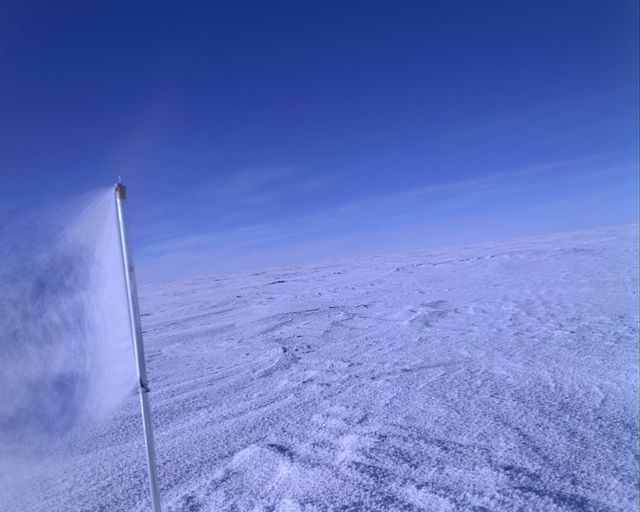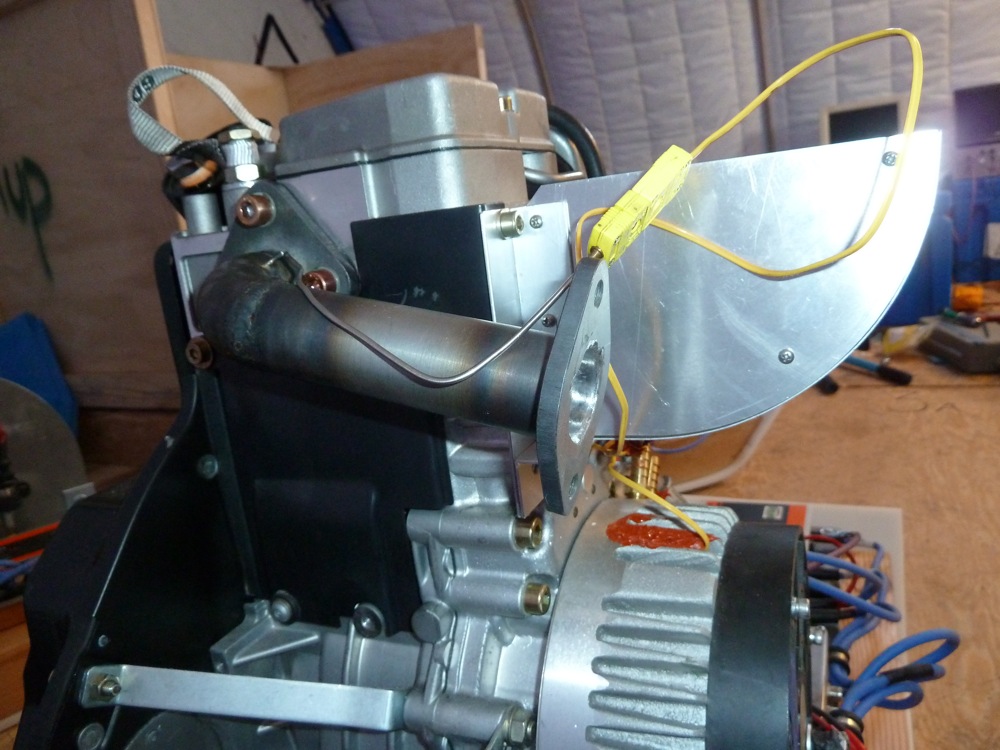| Geoff Sims @ UNSW | 
|
Navigation
Wednesday, 9th January, 2013
Ready to go camping. (John)
This time of year many Australians will head out for a week or so in the wilderness, trading the stress and over-work of everyday life for the basic simplicity of a tent, a camp stove, and the great outdoors. We're about to do the same. Starting today, our first flight to Ridge A has been scheduled as a backup mission, meaning that should the primary mission for that day be cancelled, we'll pack our things into our Twin Otter and send them out to the most remote place on the planet. We'll follow a few days later.
So, late last night we found out that today's primary mission was unable to fly, and "Ridge A" appeared for the first time on the station's flat-screen displays of the flight schedule. After breakfast this morning we gathered around in the computer room with the pilots to look at the current images from Ridge A. PLATO-R is currently running off solar power, and can be commanded to send back a set of images from its web-cameras, collectively known as Uncle Bob, or uBob (for reasons that made no sense at the time, and even less sense now).
uBob is installed on the roof of PLATO's Instrument Module, with a panoramic view of the site. It's almost exactly a year since the University of Arizona/UNSW team deployed PLATO-R to Ridge A, and no-one has been anywhere near it since. It's amazing to see how little the site has changed in 12 months. In the last couple of days there has been a very light dusting of snow, like icing sugar on a cake.
The following four uBob images were taken at 8 am this morning and sent out from Ridge A via iridium satellite.




Unfortunately, the official weather forecast (which comes from Charleston, Carolina) was that the weather would deteriorate at Ridge A later today (it didn't), so our flight was cancelled. Instead, we took the opportunity to practice putting up our "living room" tent.
This is the tent in which we'll cook, eat, use our laptops, charge batteries, and generally chill out (if that's the appropriate phrase). We'll have three small, two-man tents for the six of us to sleep in, the rationale being that the small tents are easier to keep warm. However, depending on snoring patterns, some folk may end up being ejected and made to sleep in the living room.
We'll actually have six tents in total - three sleeping tents, the living room, a HEAT tent and two PLATO tents. It will be quite a campsite!
Checking through our materials packed for departure on the flight line, we were alarmed to discover that some of our frozen vegetables were starting to thaw. Despite an air temperature of -28C, the black duffel bag in which they were sitting was warming up in the sun to just above zero. We repacked them in a cardboard box.
We also need to replace the chain oil in our chain saw with glycol, which stays liquid at the -40C temperatures we expect at Ridge A. A chainsaw may seem like a superfluous addition to our camping kit, given that Ridge A has clearly not become too overgrown in the past year. However, it is a very useful tool for cutting trenches in the snow, and for leveling off lumps and bumps in the skiway should the first landing prove a bit unsettling.
For most of the remaining day we gathered up things we'll need to take with us to Ridge A. Some of us battled with the usual frustrating problems that inevitably accompany any prototype device with a microprocessor in it, while others of us preferred to potter about in the exceptionally well-equipped MAPO workshop helping Steele to make air deflectors for our engines (Steele did all the difficult bits).


Meanwhile, we're still waiting for some vital parts of HEAT to arrive, including the cryostat. We desperately need some cold weather in McMurdo, so that what has now become known as Lake Pegasus can return to operation as an airfield.
← Back to South Pole Diaries 2012/13
